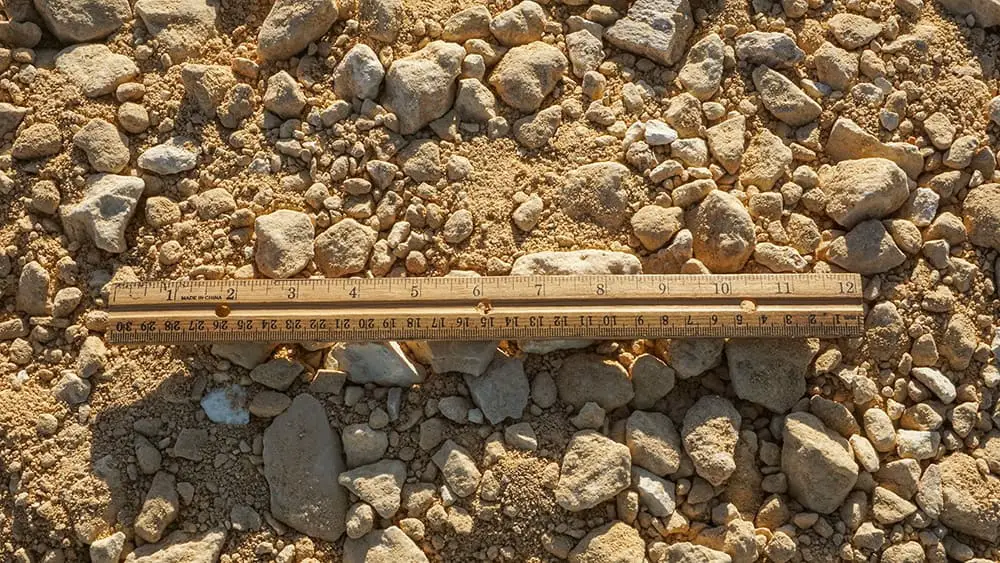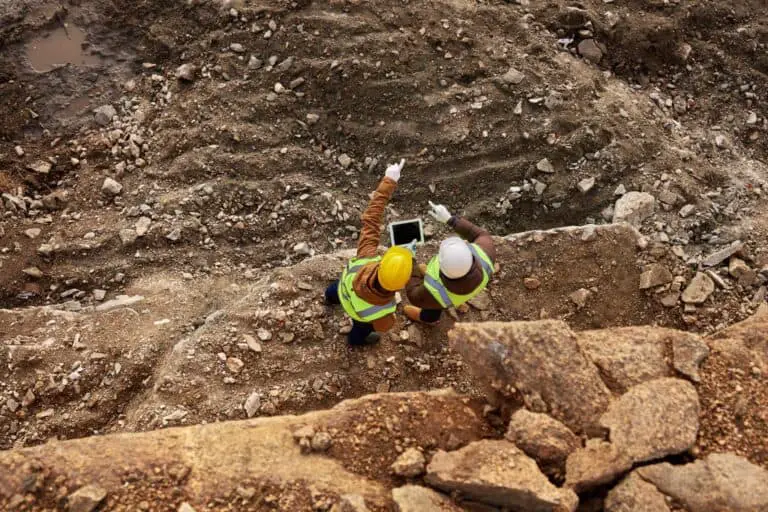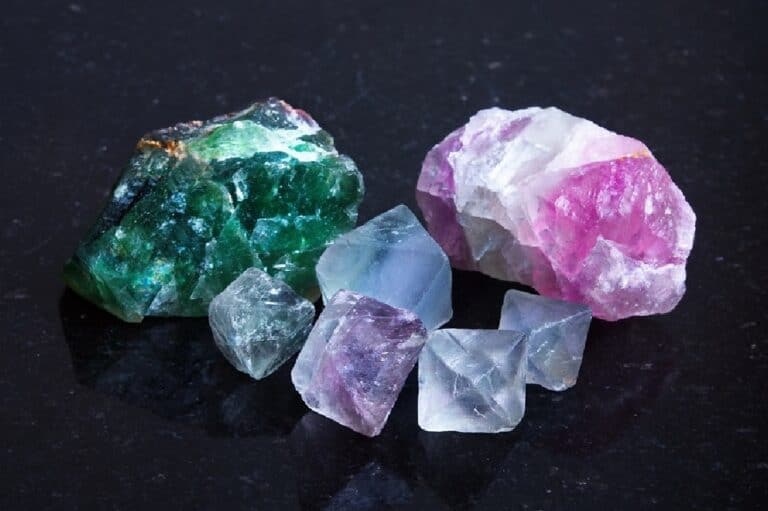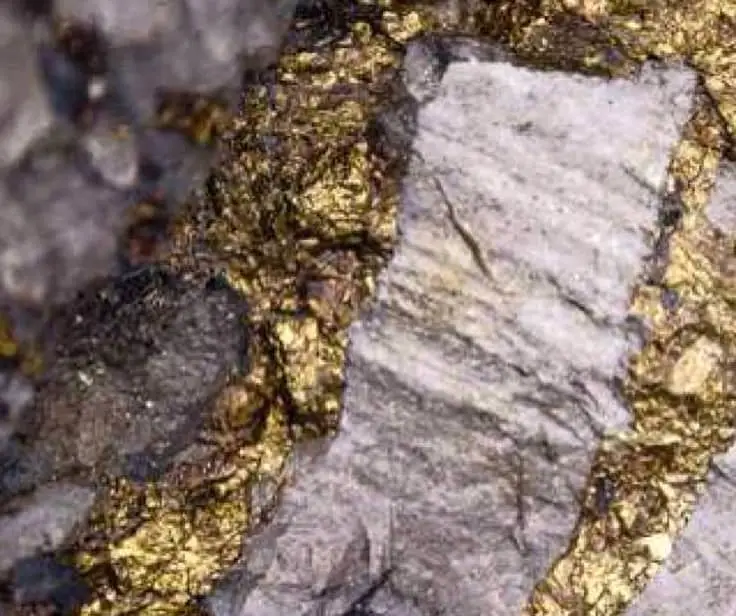What Is Flex Base Material? The Essential Guide to a Strong Foundation

When I first heard the term flex base material, I’ll admit—I didn’t know what it was. I’d always thought of construction materials as a sort of “set-it-and-forget-it” type of deal, where you pour concrete or gravel and let it be. But then, I dug deeper (literally and figuratively) into what makes a road, driveway, or even a patio as solid as it is, and I realized that flex base material is the unsung hero holding it all together.
So, let me walk you through what flex base material really is, why it’s used, and how it makes a difference in building a solid foundation. Trust me, there’s more to it than meets the eye!
Flex Base Material: The Basics
In short, flex base material is a blend of crushed stone, gravel, sand, and sometimes recycled materials, designed to create a flexible yet stable foundation. It’s typically used as the base layer beneath roads, driveways, and various hardscapes.
What’s fascinating is that unlike solid concrete, flex base is intentionally made to adjust slightly under weight or weather conditions, preventing cracks and damage. Imagine a bed of crushed stones acting as a shock absorber that gives just a little under pressure—it’s the key to long-lasting, resilient surfaces.
What Makes Flex Base Material So Special?

There are a few things that set flex base apart from traditional construction materials like pure gravel or cement:
- Flexibility: True to its name, flex base can shift and settle just enough to avoid cracking. This slight give is ideal for driveways or roads that endure frequent traffic or temperature changes.
- Strength: Even though it has flexibility, flex base is incredibly durable, supporting thousands of pounds without breaking down.
- Cost-Effectiveness: It’s often cheaper than pouring concrete, yet it’s just as effective for many foundational purposes.
Types of Flex Base Material
Not all flex base is created equal! Here are a few common types you might encounter, each with its own unique strengths:
| Type | Description | Best Use Cases |
| Crushed Limestone | Made of crushed limestone rocks, offers excellent durability | Ideal for heavy traffic areas like driveways |
| Recycled Concrete | Eco-friendly, repurposes old concrete into a base material | Perfect for driveways, patios, and green construction |
| Granite Aggregate | Known for its strength and longevity | Common in road construction |
| Sand and Gravel Mix | Blended for lighter, flexible projects | Good for pathways, patios, and landscaping projects |
Why Use Flex Base Material?
There’s a reason this material is so widely used—it makes a massive difference in both the stability and longevity of a project. Let’s break down the core reasons to choose flex base material:
- Supports Heavy Loads – Picture a driveway. Every time a car rolls over it, pressure is exerted on the surface. Without a solid foundation, that driveway would buckle and crack. Flex base material prevents that by dispersing the weight.
- Handles Shifts in Soil – Ground naturally expands and contracts with changing weather. Flex base material adjusts to these shifts, reducing the chance of cracks that can plague concrete or asphalt foundations.
- Improves Drainage – No one wants a flood under their driveway! Flex base material allows water to flow through, which minimizes pooling and prevents erosion beneath the surface.
How to Use Flex Base Material in Your Project
If you’re thinking about using flex base material for a project, here’s how I’d go about it:
1. Prep the Area
Start by clearing the area of any vegetation, rocks, or other debris. You want a clean slate to work with!
2. Lay a Foundation
Begin with a layer of compacted soil or sand. This initial layer provides a level surface for the flex base material to rest on.
3. Add the Flex Base Layer
Spread your flex base material over the prepared area. The thickness will depend on your specific project, but for a driveway, around 4–6 inches is generally a safe bet.
4. Compact, Compact, Compact!
This part’s crucial. Use a compactor or roller to pack down the material until it’s as solid as possible. Think of it as squeezing out any extra space, making the foundation stronger and more resistant to movement.
Flex Base Material vs. Traditional Gravel: What’s the Difference?
While both flex base material and gravel have their strengths, they serve slightly different purposes. Here’s a quick comparison to help you see where each shines:
| Feature | Flex Base Material | Gravel |
| Flexibility | Slightly flexible, prevents cracks in surface above | Minimal flexibility, may shift under weight |
| Strength | High, supports heavy loads | Moderate, best for light to medium traffic |
| Drainage | Good, allows water flow to prevent pooling | Moderate, but not ideal for drainage |
| Cost | Generally affordable, but varies by type | Usually cheaper, but may need frequent maintenance |
| Longevity | Durable, long-lasting | Moderate, may need to be replaced or refreshed |
When to Consider Flex Base Material
So, is flex base material the right fit for your project? Here are a few scenarios where it shines brightest:
- Building a New Driveway – If you’re tired of cracks in your concrete driveway, a flex base foundation can make a world of difference.
- Creating a Patio or Pathway – For areas that see foot traffic, a flexible foundation will prevent surface cracks and keep the path smooth.
- Heavy Vehicle Loads – Whether it’s an RV pad or a parking area for larger vehicles, flex base material can handle the weight without damage.
Tips for Getting the Best Results
- Choose the Right Type: Depending on your project, select a type of flex base material that matches your needs, whether it’s crushed limestone for strength or recycled concrete for eco-friendliness.
- Mind the Thickness: Thicker doesn’t always mean better. Aim for the recommended thickness (usually 4–6 inches) and compact it thoroughly for a sturdy, stable surface.
- Focus on Drainage: Proper drainage is key. Make sure the foundation slopes slightly to prevent water from pooling and eroding your flex base material.
- Compact Thoroughly: The compaction process is where flex base material really comes to life. Don’t skip this step if you want a long-lasting foundation.
My Final Take on Flex Base Material
After learning more about flex base material, I’ve come to appreciate just how vital it is for stable, long-lasting construction projects. It’s the unsung hero that lies beneath, absorbing the bumps and shifts while keeping the surface above strong and resilient. The next time you walk on a smooth driveway or roll down a pothole-free road, remember: there’s probably a layer of flex base material working hard below, keeping everything in place.
Flex base material may not be glamorous, but when it comes to building a strong foundation, it’s absolutely indispensable. And if you’re tackling any construction projects of your own, consider giving this material a shot. It’s one of those small choices that make a big difference down the line. Happy building!





